Home>Dining>Table Decor>What Is The Name Of The Japanese Style Table?
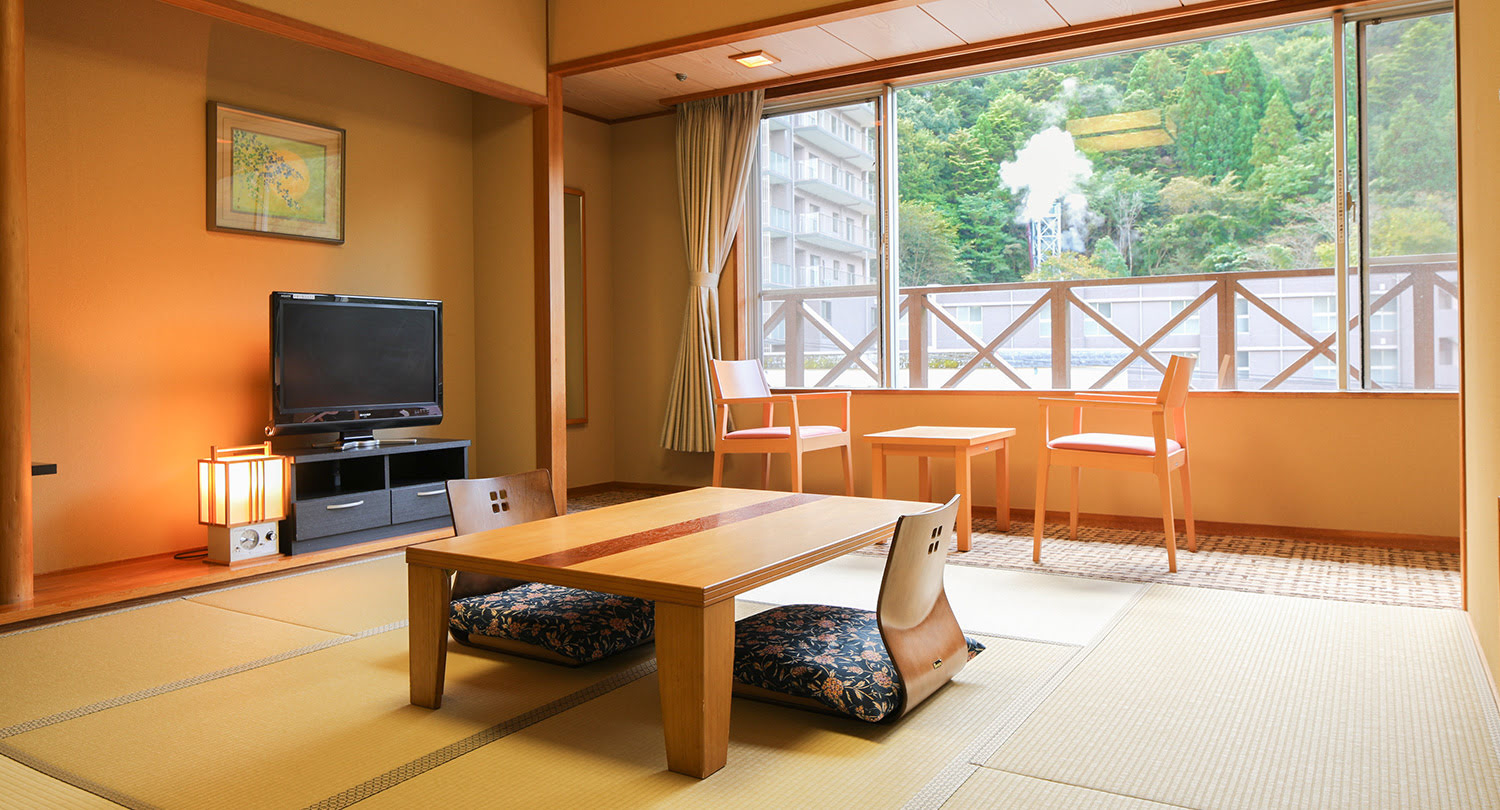

Table Decor
What Is The Name Of The Japanese Style Table?
Modified: May 6, 2024
Discover the name of the iconic Japanese style table and how it can elevate your home decor. Find inspiration for table-decor and create a charming and elegant space.
(Many of the links in this article redirect to a specific reviewed product. Your purchase of these products through affiliate links helps to generate commission for Storables.com, at no extra cost. Learn more)
Introduction
In the world of interior design, tables hold a significant place in enhancing the functionality and aesthetics of a space. They come in various shapes, sizes, and styles, with each design offering a unique ambiance and charm. One such style that has gained immense popularity is the Japanese style table.
Known for its minimalistic and elegant design, the Japanese style table brings tranquility and harmony to any room. Whether it is a traditional tatami room or a contemporary living space, these tables seamlessly blend with the surrounding decor, creating a serene atmosphere.
The Japanese style table showcases the rich cultural heritage of Japan and reflects the principles of simplicity, balance, and connection with nature. With their clean lines and understated beauty, these tables have become a sought-after choice for those seeking a touch of Eastern influence in their interior design.
This article will delve into the world of Japanese style tables, exploring their origins, characteristics, materials used, design elements, popular designs, and the difference between traditional and modern styles. Additionally, we will provide tips on how to maintain and care for these tables, ensuring their longevity and beauty.
So, whether you are considering incorporating a Japanese style table into your home or simply interested in the unique aspects of this design, read on to discover the name and secrets behind these captivating pieces of furniture.
Key Takeaways:
- Embrace the timeless elegance and cultural heritage of Japanese style tables, creating a serene and inviting ambiance in any interior space with their minimalistic design and natural materials.
- Discover the versatility and charm of Japanese style tables, from traditional chabudai to modern interpretations, offering a blend of functionality, tranquility, and Eastern influence in interior design.
Read more: What Is A Name For An Old Style Table Cloth?
Origins of Japanese Style Tables
The origins of Japanese style tables can be traced back to ancient Japan, where furniture was primarily influenced by the country’s cultural, social, and religious beliefs. Japanese homes traditionally featured low seating arrangements, such as cushions placed directly on tatami mats, creating a close connection between individuals and the ground.
The concept of the Japanese style table, known as “chabudai,” emerged during the Muromachi period (1336-1573). Chabudai, which translates to “tea table” in English, was initially used for tea ceremonies and dining purposes. These tables were compact, typically designed to accommodate a small number of individuals sitting on the floor.
During the subsequent Edo period (1603-1868), the Japanese style table gained wider popularity and became an integral part of Japanese culture. It was used not only for tea ceremonies but also as a multi-purpose table for various activities, including dining, studying, and socializing.
The Zen influence in Japanese culture played a significant role in shaping the design and philosophy behind these tables. Zen principles emphasize simplicity, meditation, and a connection with the natural world. This influence can be seen in the clean lines, minimal ornamentation, and use of natural materials in Japanese style tables.
Over the years, as Japan went through periods of cultural and societal changes, the design and functionality of Japanese style tables evolved. In the modern era, these tables have become a blend of traditional aesthetics and contemporary influences, offering a perfect balance between cultural heritage and modern lifestyle demands.
Today, Japanese style tables are celebrated not only in Japan but also across the globe for their timeless appeal and ability to create a serene and tranquil atmosphere in any space. Whether it’s a traditional wooden chabudai or a more modern interpretation, the essence of Japan’s rich furniture heritage continues to inspire and captivate furniture enthusiasts.
Characteristics and Features of Japanese Style Tables
Japanese style tables are renowned for their unique characteristics and distinctive features that set them apart from other types of tables. These features not only contribute to their aesthetic appeal but also showcase the underlying philosophy and design principles of Japanese culture. Let’s explore some of the key characteristics and features of Japanese style tables:
- Low Height: One of the defining characteristics of Japanese style tables is their low height. Designed to be used while sitting on the floor, these tables are typically shorter than conventional tables. This low height fosters a sense of intimacy and connection with the surrounding space.
- Simplicity: Japanese style tables are known for their minimalist design and clean lines. They embody the principle of simplicity, with minimal ornamentation and fuss-free aesthetics. This simplicity not only enhances the overall visual appeal but also promotes a sense of tranquility.
- Natural Materials: Japanese style tables often incorporate natural materials such as wood, bamboo, and rice paper. These materials not only evoke a sense of warmth and authenticity but also align with the Japanese concept of bringing nature indoors. The use of natural materials adds a touch of organic beauty to the table.
- Functional Design: Japanese style tables are designed with functionality in mind. They seamlessly integrate features that enhance usability, such as built-in storage compartments, sliding panels, and foldable extensions. These design elements enable users to optimize the space and adapt the table to various needs.
- Harmony with the Surrounding Decor: Japanese style tables are versatile and can complement a wide range of interior styles. Whether it’s a traditional Japanese-inspired room or a modern contemporary space, these tables effortlessly blend in and create a sense of harmony with the overall decor.
- Careful Craftsmanship: Japanese style tables are often crafted with meticulous attention to detail. Traditional techniques, such as joinery and hand-carving, are employed to create durable and finely designed pieces. This craftsmanship ensures the longevity of the table and adds to its overall value.
These characteristics and features work together to create a table that exudes elegance, serenity, and functionality. Whether used as a dining table, a coffee table, or a focal point in a room, Japanese style tables offer a unique and captivating presence that enhances any space they occupy.
Types of Japanese Style Tables
Japanese style tables come in various designs and types, each with its own unique purpose and functionality. Let’s explore some of the most popular types of Japanese style tables:
- Chabudai: Chabudai is the quintessential Japanese style table that originated during the Muromachi period. This low-height table is typically made of wood and is used for various activities such as dining, tea ceremonies, and studying. Chabudai often features a simple rectangular or square design.
- Kotatsu: Kotatsu tables are characterized by their inclusion of a heating element underneath the table. Traditionally, a low table is placed over a heat source or electric heater, with a heavy blanket or futon draped around the edges to retain warmth. Kotatsu tables provide cozy warmth during the colder months and are commonly used for relaxing, reading, or socializing.
- Horigotatsu: Horigotatsu tables are unique as they combine the traditional Japanese-style floor seating with a recessed floor area beneath the table. This allows individuals to stretch their legs and sit comfortably while enjoying a meal or engaging in various activities. Horigotatsu tables are commonly found in traditional Japanese-style rooms called “washitsu”.
- Shouji Table: Shouji tables are characterized by their incorporation of shouji screens, which are translucent sliding doors typically made of paper or fabric. This type of table provides a versatile and multi-functional space, as the shouji screens can be opened or closed to create privacy or divide a room. Shouji tables are often used in Japanese-style rooms for tea ceremonies or as a display area for decorative items.
- Chabu-Dai: Chabu-dai is a smaller version of the chabudai table. These compact and portable tables are commonly used in tea ceremony rooms or as small coffee tables. Chabu-dai tables come in various shapes, including round and hexagonal, and are often adorned with delicate artwork or lacquer finishes.
These are just a few examples of the types of Japanese style tables available. Each type carries its own charm and purpose, giving you the flexibility to choose the one that best suits your needs and complements your interior design style.
Materials Used in Japanese Style Tables
Japanese style tables are crafted using a variety of materials, each chosen for its durability, aesthetic appeal, and connection to nature. The choice of materials reflects the traditional Japanese philosophy of simplicity and harmony with the environment. Here are some commonly used materials in Japanese style tables:
- Wood: Wood is a staple material in Japanese furniture, including tables. Japanese craftsmen often work with high-quality woods such as hinoki (Japanese cypress), oak, maple, and cherry. These woods are known for their natural beauty, warm tones, and longevity. The grain patterns of the wood are often showcased, adding a touch of organic elegance to the table.
- Bamboo: Bamboo is another popular material used in Japanese style tables. It is lightweight, eco-friendly, and has excellent durability. The natural texture and color variations of bamboo create a unique visual appeal. Bamboo is often used for table legs, tabletops, and accents, adding a touch of natural beauty.
- Rice Paper: Rice paper, also known as washi, is a traditional material used in Japanese-style tables. It is made from the fibers of the mulberry tree and known for its translucency and softness. Rice paper is often used to create shoji screens or panel inserts, adding an element of elegance and diffused light to the table design.
- Lacquer: Lacquer is a traditional Japanese finish that is applied to wooden surfaces to protect and enhance their appearance. It is created by applying multiple layers of natural lacquer, resulting in a glossy and durable finish. Lacquer adds depth and richness to the table, creating a captivating visual effect.
- Metal: Some Japanese style tables incorporate metal elements, such as brass or iron. These metals are often used for decorative details, table legs, or structural components. Metal accents can add a touch of sophistication and contrast to the overall design of the table.
- Stone: In some cases, Japanese style tables may incorporate stone materials, such as granite or slate, for tabletops or accents. These natural stones provide a unique and durable surface, adding a sense of solidity and grounding to the table design.
By utilizing these materials, Japanese style tables are able to achieve a harmonious blend of natural elements and timeless craftsmanship. The careful selection and combination of materials contribute to the overall aesthetic appeal of the table, making it a standout piece in any interior setting.
Look for a table with low height, typically made of wood, and with clean, simple lines. It may have a minimalist design and be called a “chabudai” or “kotatsu.”
Read more: What Are Japanese Dining Tables Called?
Design Elements of Japanese Style Tables
Japanese style tables are characterized by their distinct design elements, which embody the principles of simplicity, balance, and natural beauty. These elements contribute to the overall aesthetic appeal and functionality of the table. Let’s explore some of the key design elements often found in Japanese style tables:
- Clean Lines: Japanese style tables feature clean and straight lines, free from excessive ornamentation. This design element creates a sense of tranquility and simplicity. The smooth and uncluttered surfaces allow the natural beauty of the materials to shine.
- Minimalistic Aesthetics: The minimalist design approach is a prominent feature of Japanese style tables. The focus is on essential elements, with no unnecessary embellishments. This minimalist aesthetic creates a sense of calmness and allows the table to blend seamlessly with a variety of interior styles.
- Low Height: Japanese style tables are typically designed to be low to the ground, in line with the traditional Japanese seating style. The low height promotes a closer connection with the floor and creates a cozy and intimate atmosphere.
- Functional Storage: Many Japanese style tables incorporate functional storage solutions. This allows users to keep the tabletop organized and clutter-free. Storage compartments, drawers, or hidden shelves are cleverly integrated into the table’s design, providing convenient storage space for items such as remote controls, books, or dining essentials.
- Natural Materials: Japanese style tables showcase the use of natural materials such as wood, bamboo, and rice paper. These materials are chosen for their organic beauty, durability, and connection to nature. The inherent qualities of the materials contribute to the overall aesthetic appeal of the table.
- Meticulous Craftsmanship: Japanese style tables are often the result of meticulous craftsmanship. Traditional joinery techniques, such as mortise and tenon or dovetail joints, are employed to create strong and durable connections. Attention is given to every detail, ensuring a high level of precision and quality in the table’s construction.
By incorporating these design elements, Japanese style tables achieve a harmonious balance between functionality and aesthetics. The simplicity, clean lines, and natural materials create a tranquil and inviting ambiance, making these tables both functional pieces of furniture and works of art.
Popular Japanese Style Table Designs
Japanese style tables are known for their timeless designs that combine elegance, functionality, and a touch of cultural heritage. These tables offer a wide range of options to suit different interior styles and personal preferences. Let’s explore some popular Japanese style table designs:
- Shokudai: Shokudai, also known as a dining table, is a classic Japanese style table used for dining purposes. It typically features a low height, clean lines, and a rectangular or square shape. Shokudai tables are often accompanied by zaisu, which are floor chairs with no legs. This dining arrangement creates a cozy and intimate dining experience.
- Chabudai: Chabudai is perhaps the most iconic Japanese style table design. It is a low-height table used for tea ceremonies, dining, or other activities. Chabudai tables often have a simple rectangular or square shape, with clean lines and minimal ornamentation. They are usually made of wood and showcase the natural beauty of the material.
- Kotatsu: Kotatsu tables are designed for comfort and warmth, especially during the cold winter months. They typically have a low wooden frame with a removable top, under which a heat source is placed. A thick blanket or futon is draped over the table, creating a cozy space for relaxation, reading, or bonding with family and friends.
- Nagarezukuri: Nagarezukuri tables are known for their flowing design, often featuring curved lines and organic shapes. These tables evoke a sense of harmony and natural flow, mimicking the shapes found in nature. Nagarezukuri tables are a beautiful fusion of traditional Japanese aesthetics and modern design influences.
- Chabu-Dai: Chabu-dai, similarly to chabudai, is a low-height table used in tea ceremonies or as a small coffee table. However, chabu-dai tables are often smaller in size and more intricately designed. They may feature rounded or hexagonal shapes and are adorned with delicate artwork, lacquer finishes, or traditional motifs.
- Futon Chabudai: Futon chabudai tables combine the functionality of a chabudai with a built-in futon. These tables have a top that can be lifted or removed, revealing a recessed area where a futon mattress can be placed. Futon chabudai tables are popular in compact living spaces as they provide both a table for various activities and a space-saving sleeping arrangement.
These are just a few examples of the popular Japanese style table designs available. Each design exudes its own charm and appeal, showcasing the beauty and versatility of Japanese craftsmanship and design sensibility.
Traditional Japanese Style Tables vs Modern Japanese Style Tables
Japanese style tables have evolved over the years to adapt to changing lifestyles and design trends. While traditional Japanese style tables hold a deep-rooted connection to Japan’s cultural heritage, modern Japanese style tables incorporate contemporary influences and innovative design elements. Let’s explore the differences between traditional and modern Japanese style tables:
1. Design:
– Traditional Japanese style tables often feature a minimalistic and simple design, with clean lines and natural materials. They exude a sense of understated elegance and reflect the traditional aesthetics of Japan’s classical periods.
– In contrast, modern Japanese style tables may incorporate sleeker lines, asymmetrical shapes, and a mix of materials. They may feature elements of Western design and contemporary trends, resulting in a fusion of Japanese and modern aesthetics.
2. Construction:
– Traditional Japanese style tables are often handcrafted using traditional joinery techniques. Wood is the primary material used, showcasing the mastery of Japanese carpentry and attention to detail.
– Modern Japanese style tables may still utilize traditional craftsmanship techniques but can also incorporate machine-made parts or composite materials for enhanced durability and cost efficiency.
3. Functionality:
– Traditional Japanese style tables were predominantly low-height tables designed for sitting on the floor. They were used for various activities, including dining, tea ceremonies, and socializing.
– Modern Japanese style tables may offer more versatility in terms of height and functionality. Some designs come with adjustable heights, extending leaves, or storage options to cater to different needs and lifestyles.
4. Aesthetics:
– Traditional Japanese style tables emphasize natural materials, such as wood, bamboo, and rice paper. The focus is on creating a calm and harmonious environment through a minimalist and organic design approach.
– Modern Japanese style tables may incorporate a wider range of materials, including glass, metal, or synthetic materials. The design may embrace bold color schemes, sleek surfaces, and innovative forms. The aesthetics can be influenced by global design trends, resulting in a more contemporary and eclectic look.
5. Cultural Significance:
– Traditional Japanese style tables carry a deep cultural significance, reflecting the principles of simplicity, harmony, and respect for nature. They connect individuals to Japan’s rich heritage and traditions, often associated with tea ceremonies and Japanese-style living.
– Modern Japanese style tables still pay homage to Japanese design principles but also embrace the modern lifestyle and global influences. They cater to a wider range of tastes and preferences, appealing to those seeking a fusion of traditional and contemporary aesthetics.
Both traditional and modern Japanese style tables offer their own charm and character. Traditional tables bring a sense of cultural heritage, while modern tables provide versatility and an updated aesthetic. The choice between the two styles ultimately comes down to personal preference and the desired ambiance of the space.
How to Maintain and Care for Japanese Style Tables
Maintaining and caring for your Japanese style table is essential to preserve its beauty and ensure its longevity. By following these maintenance tips, you can keep your table in excellent condition for years to come:
- Regular Cleaning: Dust your Japanese style table regularly with a soft, lint-free cloth or a feather duster. This will help prevent the buildup of dirt and debris that could potentially damage the table’s surface.
- Avoid Excessive Moisture: Japanese style tables, especially those made of wood, should be kept away from excessive moisture. Wipe up any spills immediately to prevent staining or warping of the wood. Use a slightly damp cloth for cleaning, but avoid using excessive water.
- Protect from Sunlight: Prolonged exposure to direct sunlight can cause fading and discoloration of the table’s surface. Position your table away from windows or use curtains or blinds to filter the sunlight.
- Use Coasters and Mats: To prevent scratches and watermarks on the table’s surface, use coasters for beverages and mats or trivets for hot dishes or cookware. This will protect the table from damage and maintain its pristine appearance.
- Refrain from Sharp Objects: Avoid placing sharp or abrasive objects directly on the table’s surface, as they can cause scratches or dents. Use protective pads or mats under objects with rough or sharp edges.
- Apply Protective Coating: If your Japanese style table has a natural wood finish, you may consider applying a protective coating, such as wax or oil, to enhance its durability and resistance to stains and moisture. Follow the manufacturer’s instructions for appropriate application.
- Handle with Care: When moving or rearranging your table, take care to lift it rather than dragging it across the floor. This will minimize the risk of scratches or damage to both the table and the floor.
- Professional Maintenance: If your Japanese style table requires repair or restoration, it is recommended to seek the assistance of a professional furniture restorer or carpenter experienced in handling Japanese furniture. They can address any issues properly, ensuring that the table’s integrity is preserved.
By following these maintenance practices, you can prolong the life of your Japanese style table and keep it looking beautiful and well-preserved. Remember to treat your table with care and respect, appreciating its craftsmanship and the cultural heritage it represents.
Conclusion
Japanese style tables hold a special place in the world of interior design, captivating enthusiasts with their timeless elegance, functionality, and deep cultural roots. Whether you opt for a traditional or modern Japanese style table, you will bring a touch of serenity, harmony, and natural beauty into your space.
These tables are not just pieces of furniture; they are a reflection of Japan’s rich cultural heritage and design philosophy. With their clean lines, minimalistic aesthetics, and use of natural materials, Japanese style tables create a tranquil and inviting ambiance, promoting a sense of peace and connection with nature.
From the timeless chabudai to the cozy warmth of the kotatsu, and the versatility of the shokudai, Japanese style tables come in various designs and types to suit different needs and preferences. Whether you prefer a traditional-inspired space or a more contemporary setting, there’s a Japanese style table that will seamlessly fit into your interior design vision.
To ensure the longevity and beauty of your Japanese style table, it’s important to follow proper maintenance and care practices. Regular cleaning, protection from moisture and sun exposure, and using coasters and mats are some of the essential steps to preserving your table’s integrity.
Whether you’re enjoying meals, engaging in a tea ceremony, or simply gathering with loved ones, a Japanese style table creates a serene and welcoming atmosphere that fosters connection and appreciation for the simple pleasures of life.
So, immerse yourself in the world of Japanese style tables, embrace the timeless beauty of their design, and let these exquisite pieces of furniture transport you to a place of tranquility and cultural appreciation.
If you've enjoyed learning about the unique charm of Japanese style tables, you'll be thrilled to dive deeper into more extraordinary pieces with our feature on the best Japanese furniture. From timeless designs that have shaped minimalist interiors to contemporary pieces that redefine spaces, this guide is your gateway to exquisite decor that reflects the serenity and craftsmanship of Japanese culture. Don't miss out on transforming your home with pieces that offer both beauty and functionality.
Frequently Asked Questions about What Is The Name Of The Japanese Style Table?
Was this page helpful?
At Storables.com, we guarantee accurate and reliable information. Our content, validated by Expert Board Contributors, is crafted following stringent Editorial Policies. We're committed to providing you with well-researched, expert-backed insights for all your informational needs.
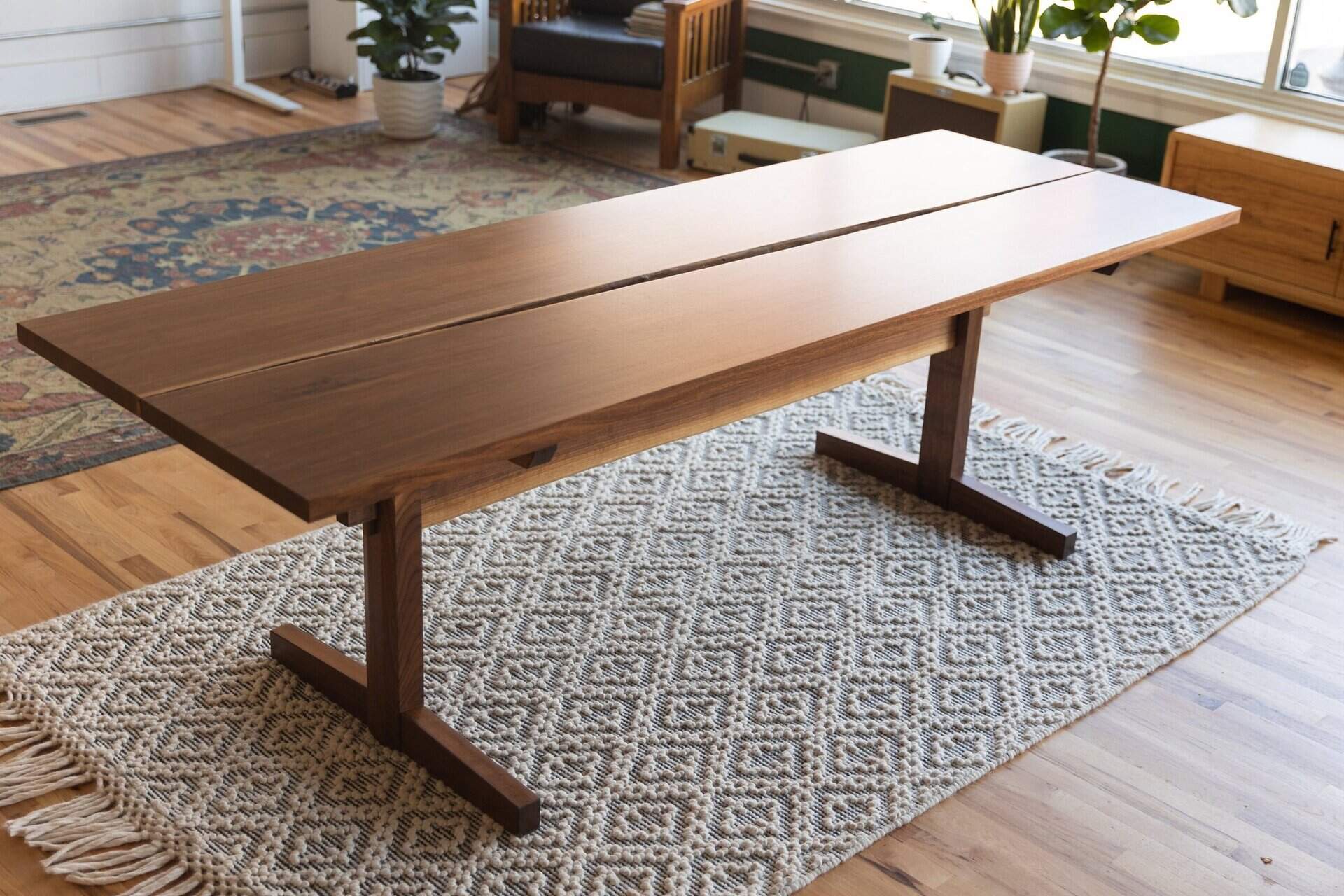
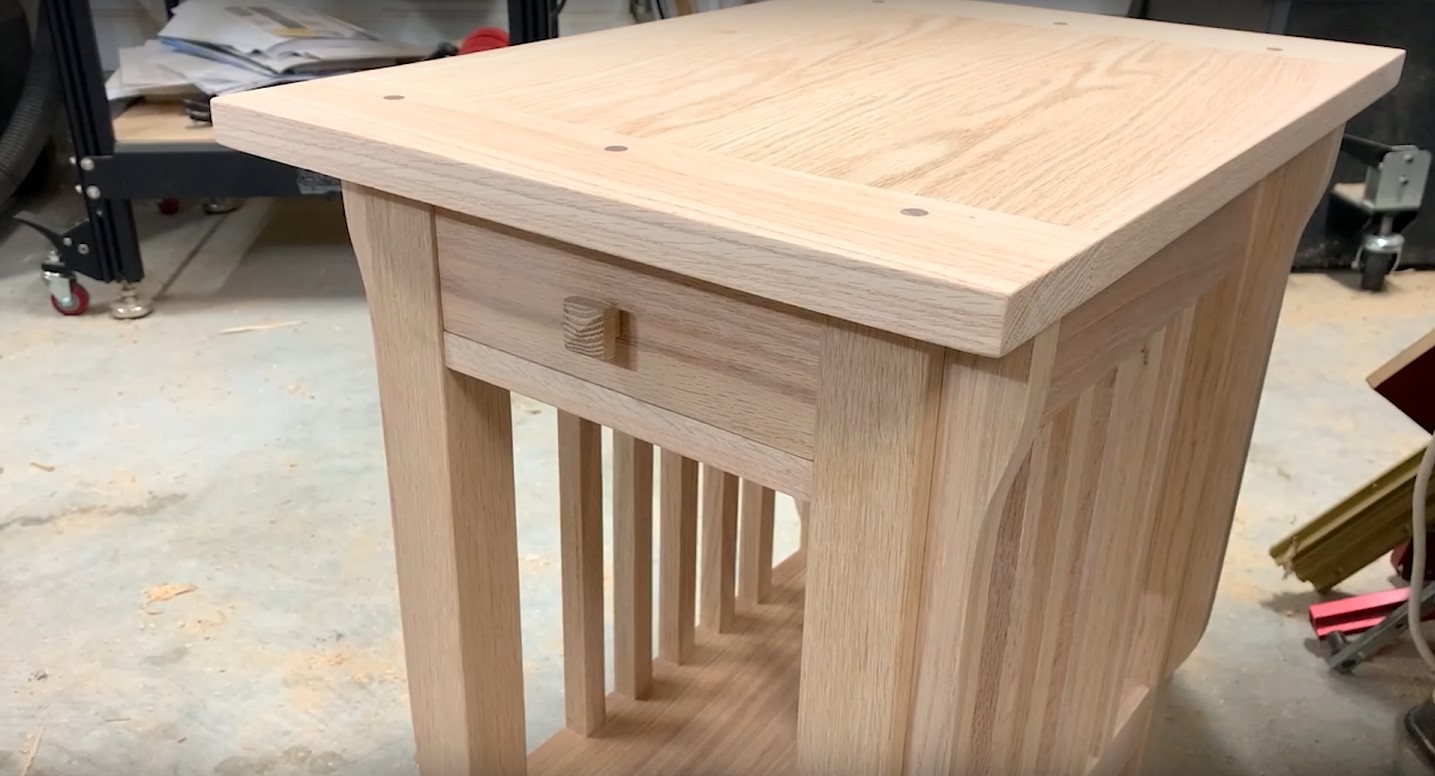
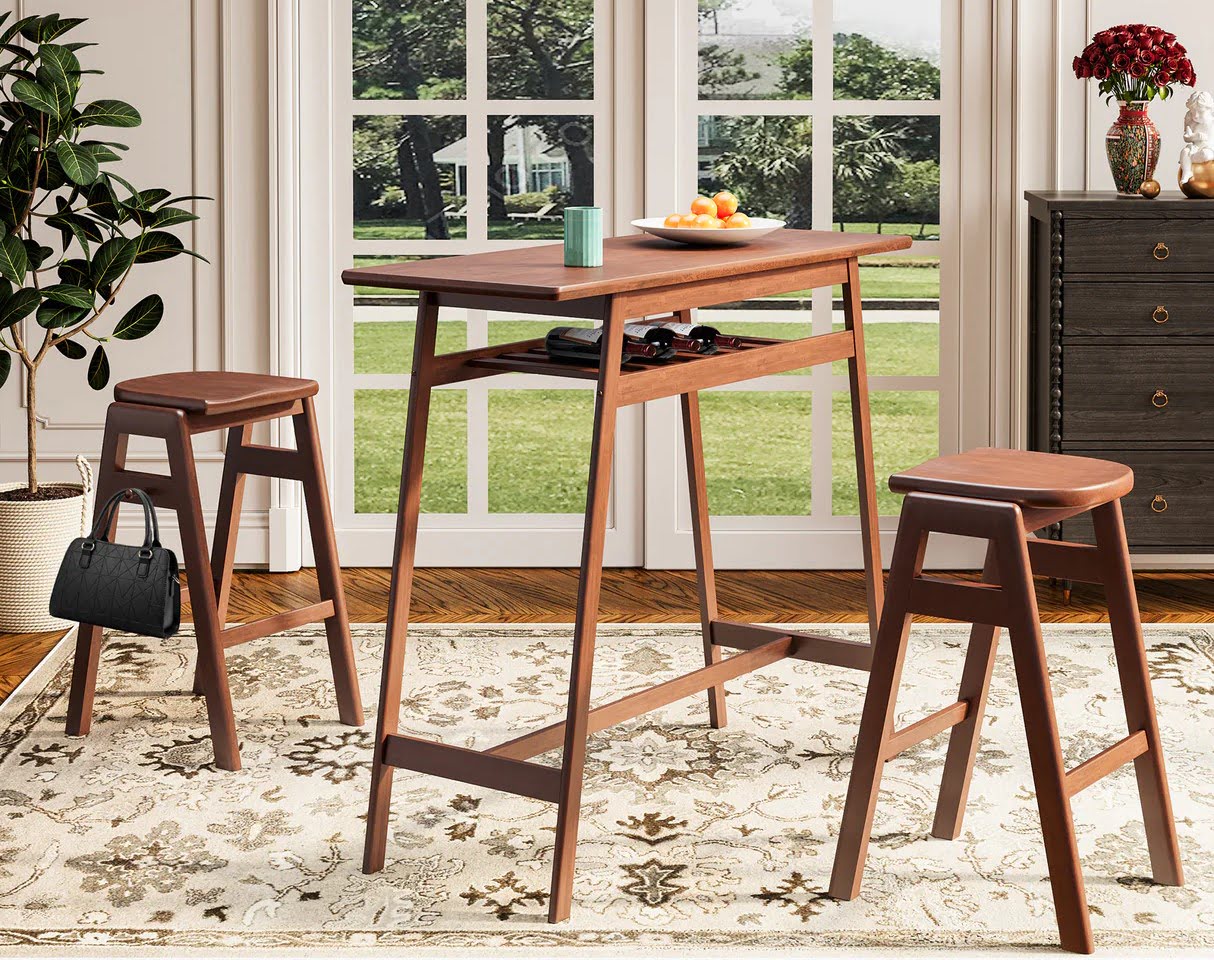
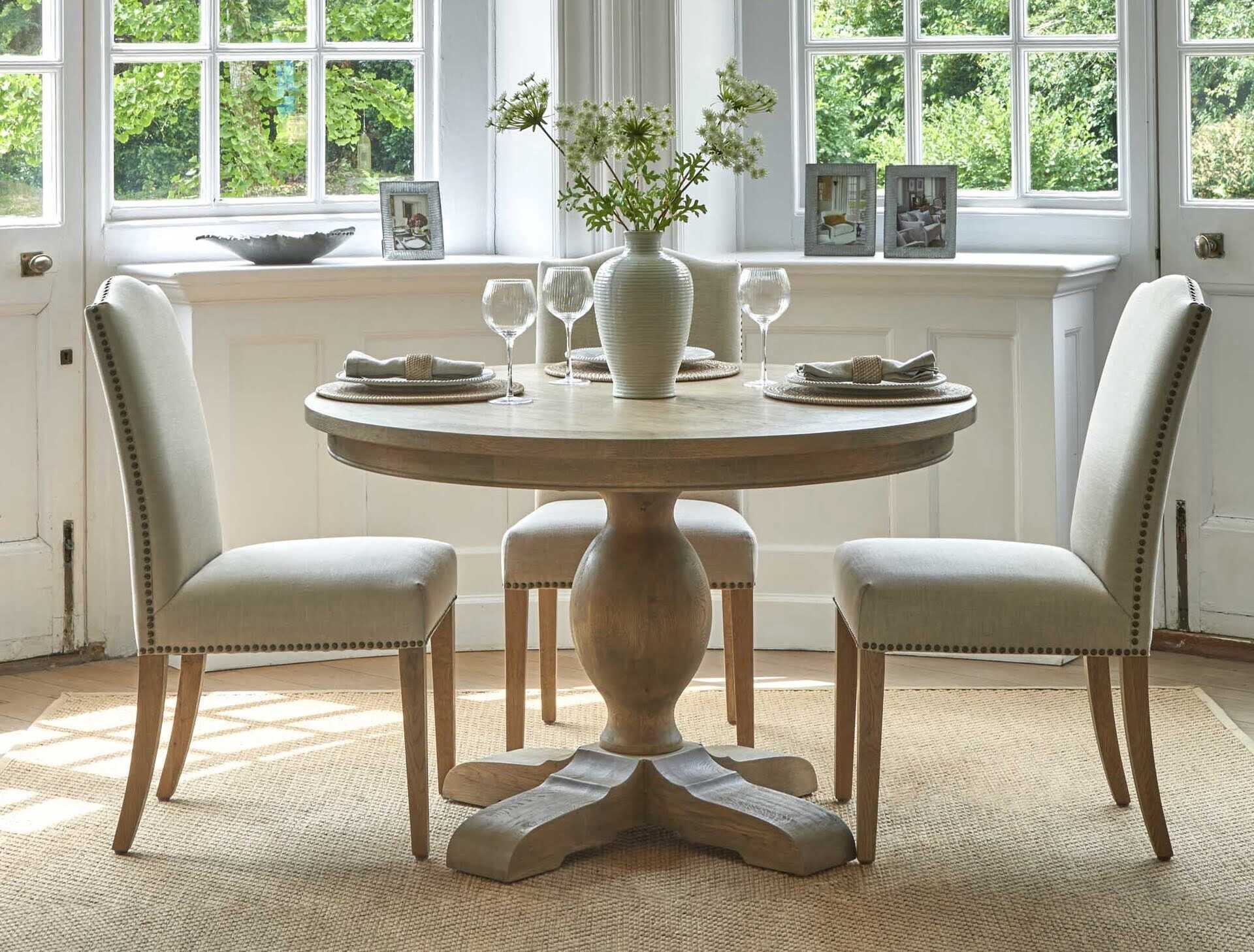
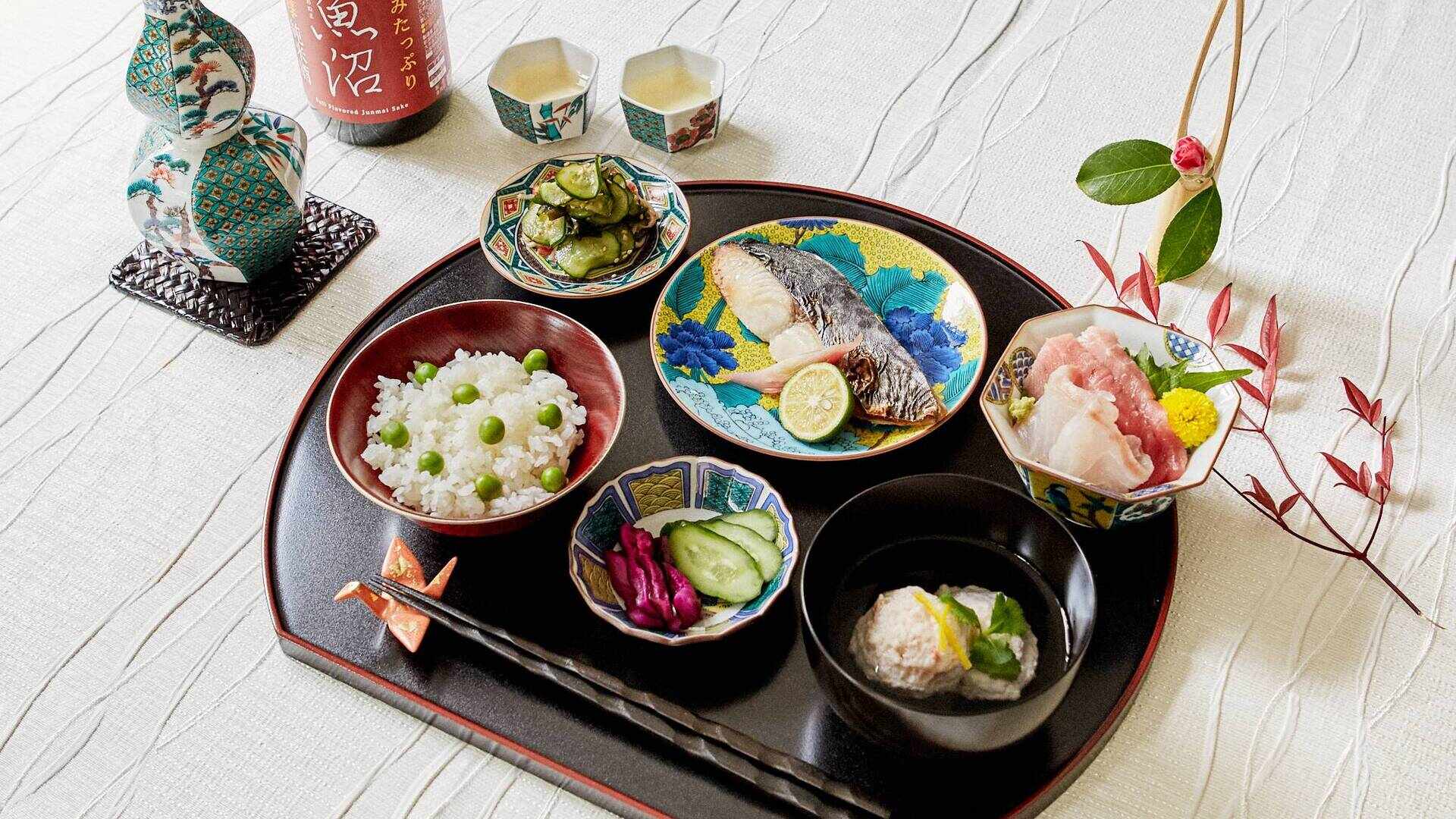
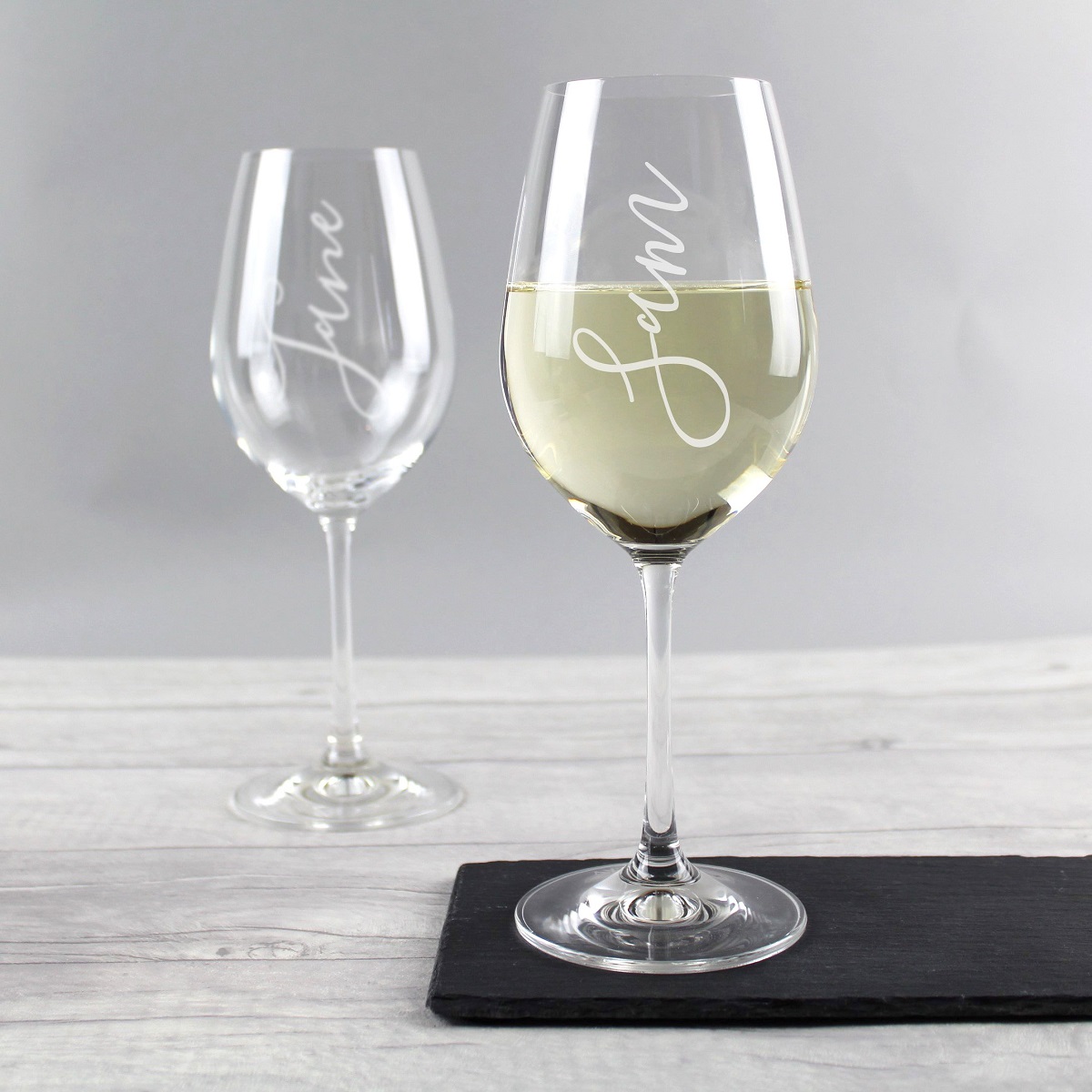
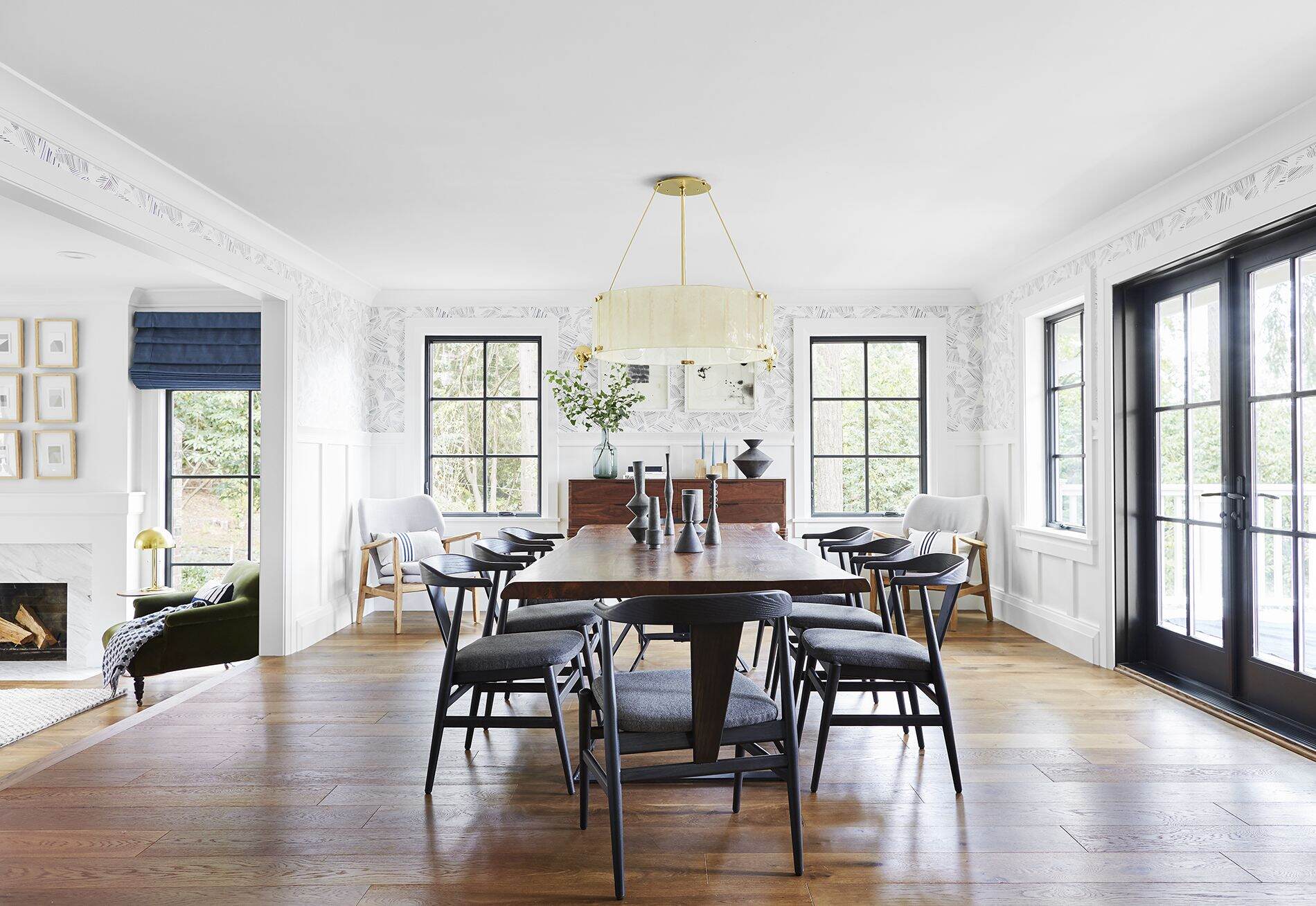
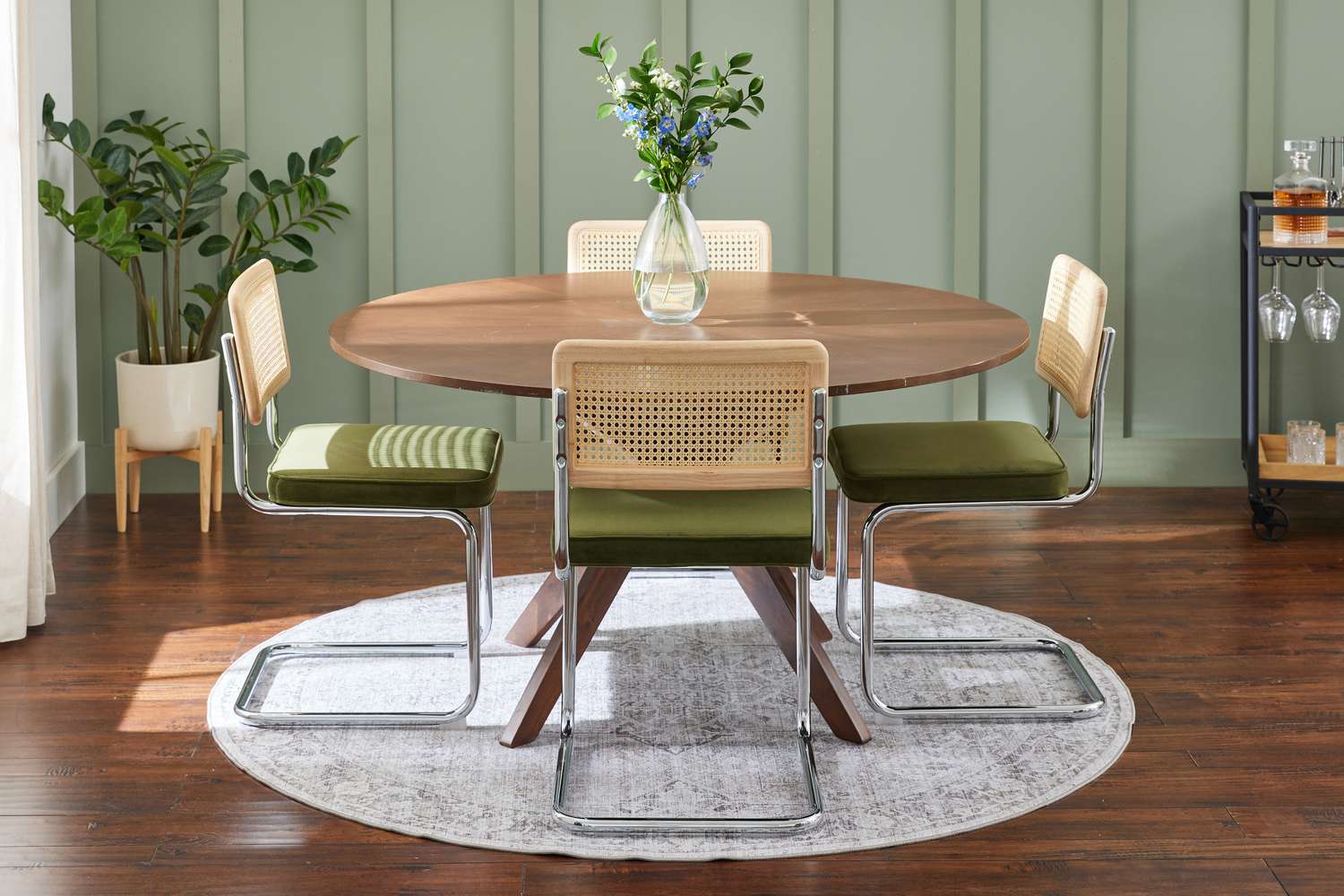
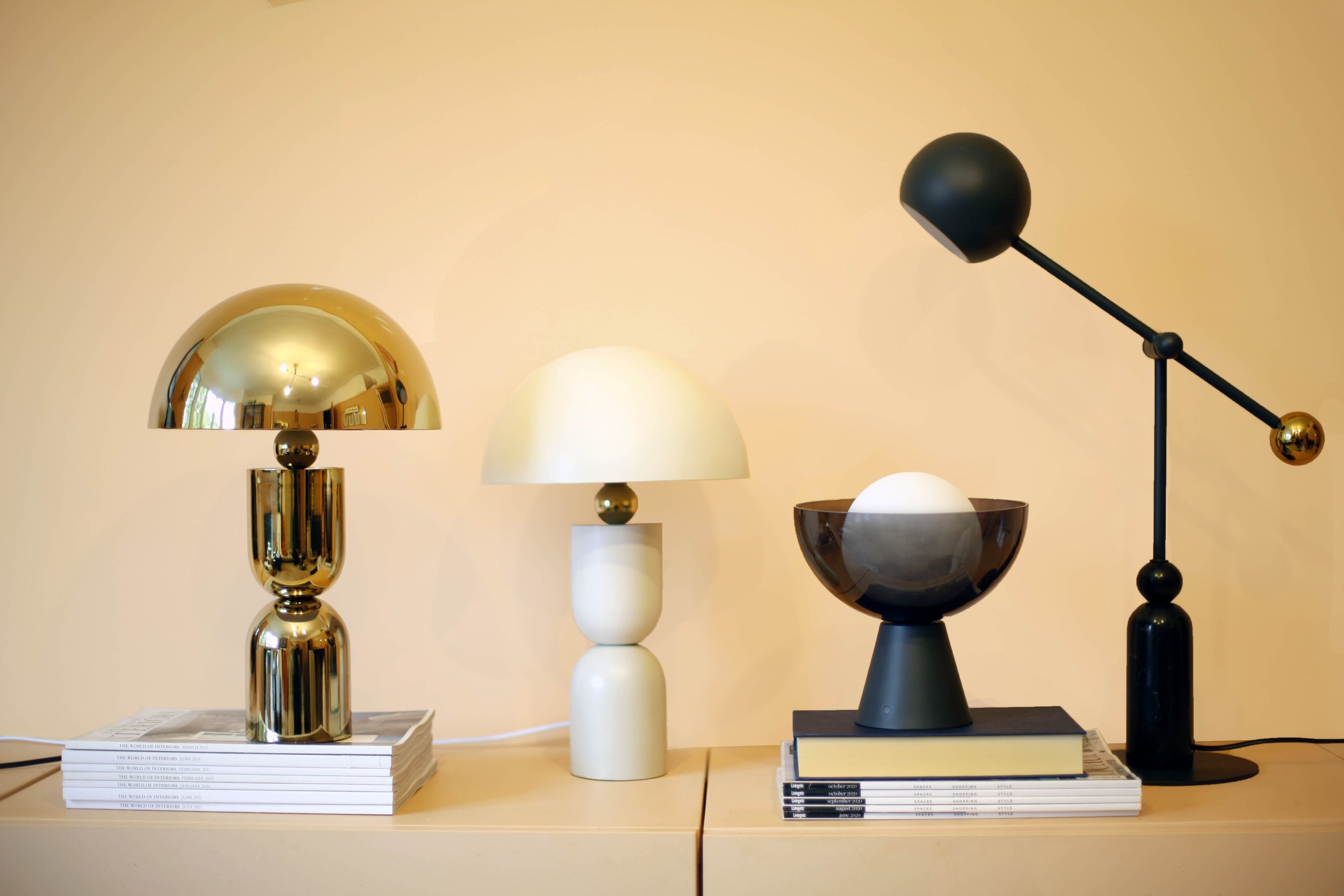
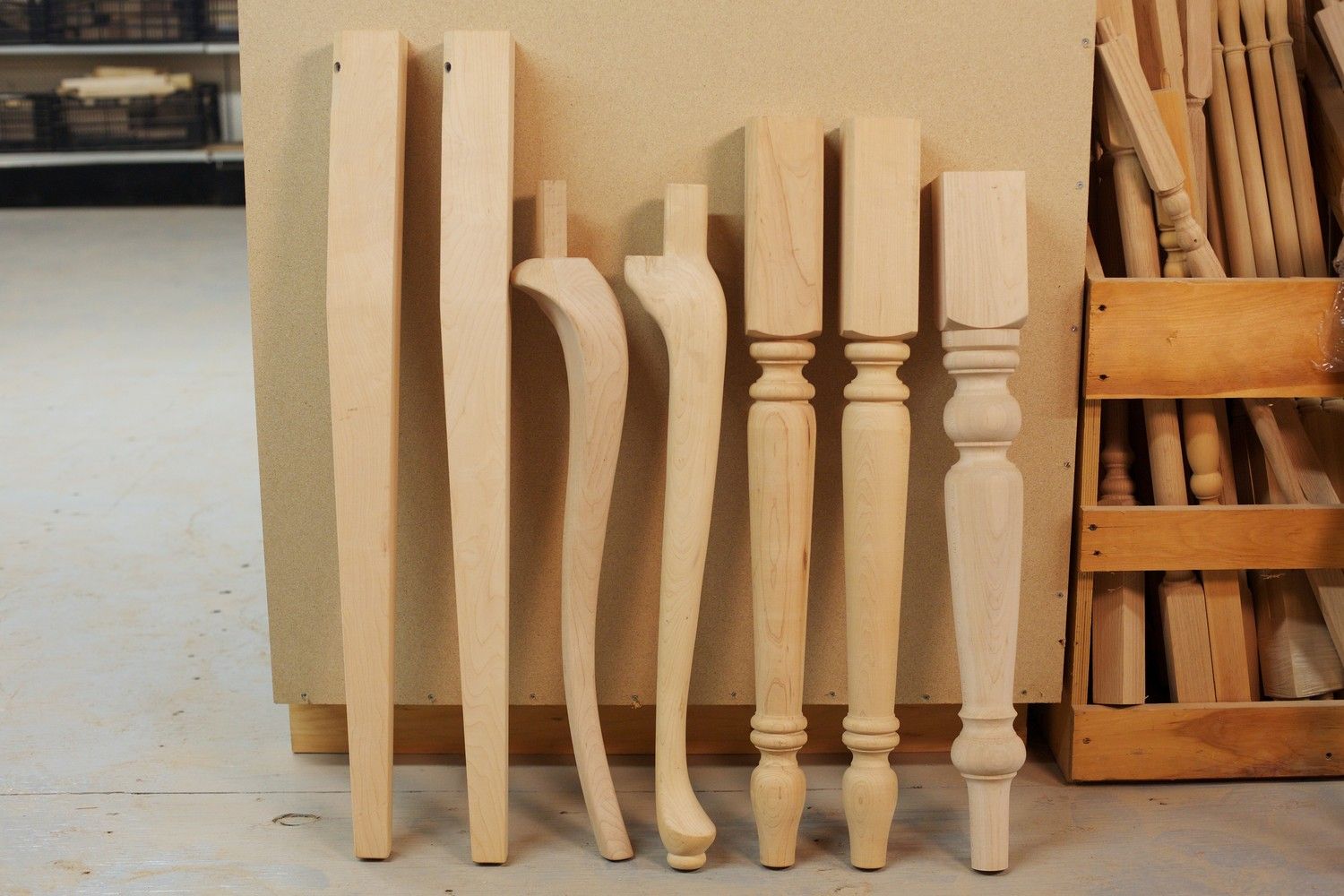
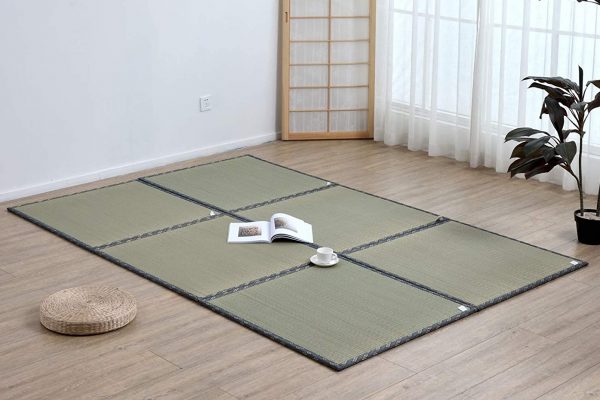
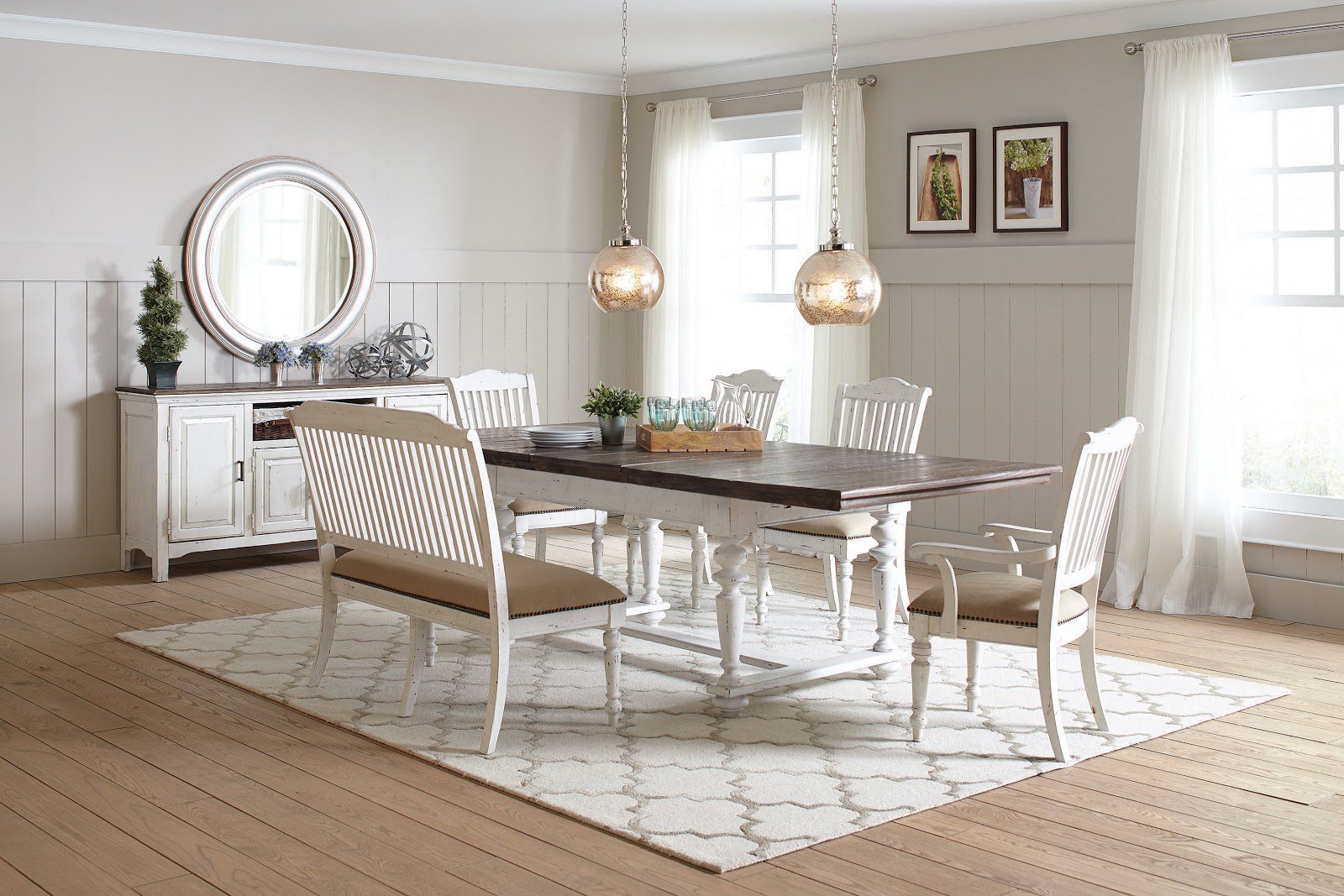
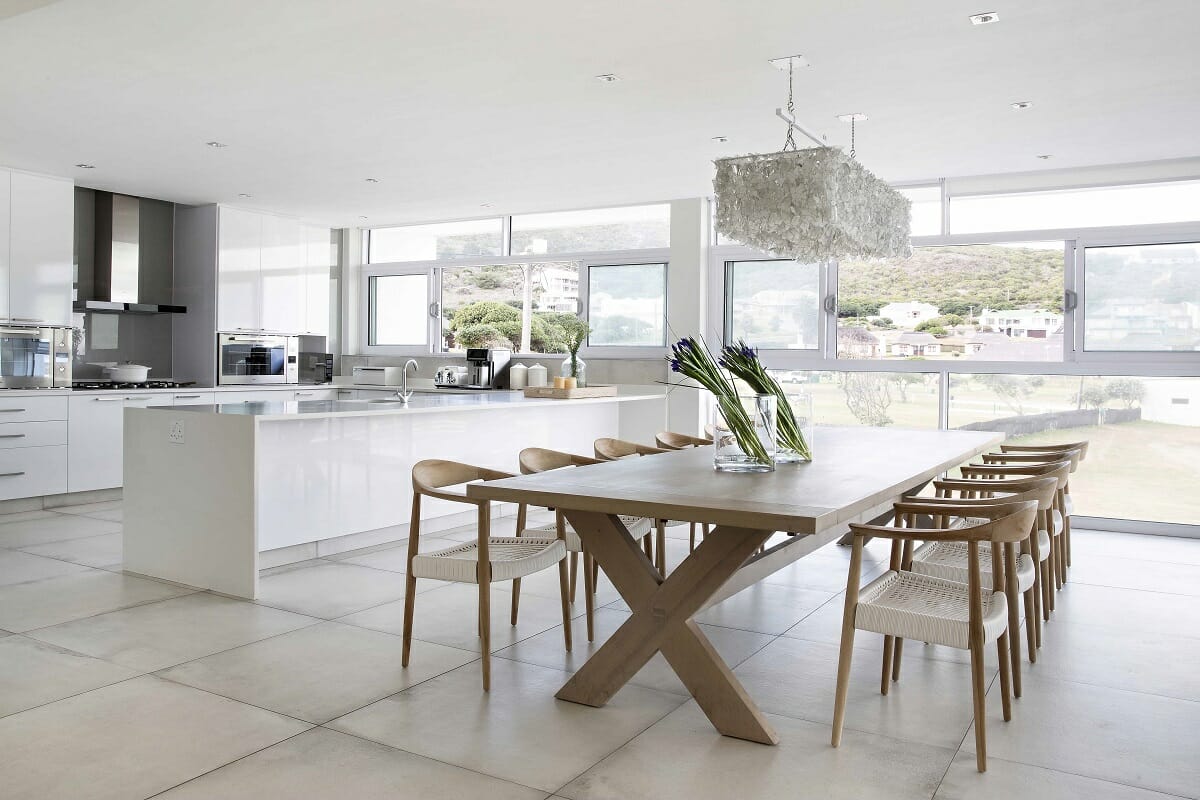

0 thoughts on “What Is The Name Of The Japanese Style Table?”